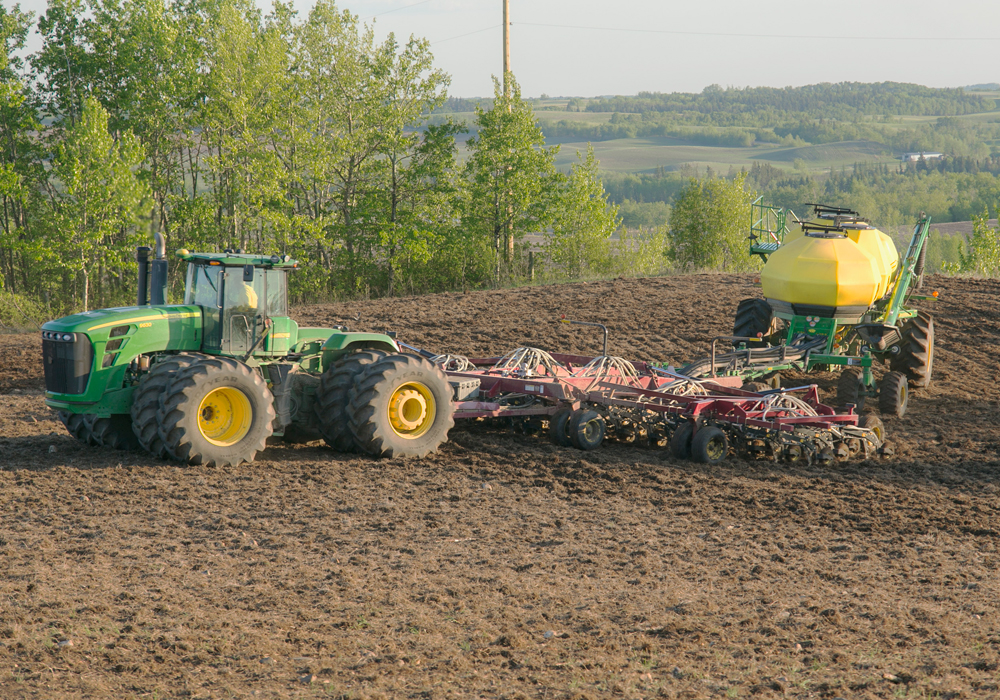Any farmer who cancelled a winter trip south because of this year’s El Nino has a right to be peeved.
Instead of being a warm winter on the Prairies, it’s been much colder than normal, in defiance of the normal El Nino effect.
“It’s quite an interesting anomaly, because we should be warm,” Canadian Wheat Board weather analyst Bruce Burnett told a roomful of southern Manitoba farmers during a two-week spell of cold weather.
“It’s supposed to be warm and it’s cold. The culprit is the arctic oscillation.”
Read Also

Phosphate prices to remain high
Phosphate prices are expected to remain elevated, according to Mosaic’s president.
The arctic oscillation is a weather phenomenon much less noted than El Nino and La Nina, but this year it has decisively trumped El Nino.
Cold weather on the Prairies is just one of the effects of the arctic oscillation’s cold phase. Other effects include huge snowfall and cold weather in Western Europe, cold weather in northern India and cold, snowy weather in Manchuria.
The cold phase of the arctic oscillation was also the cause of the cold summer, Burnett said. Not since 1957 has there been such a cold summer, and December was the second-coldest on record, with most of the Prairies being seven to eight degrees C below average.
“I look at it as sort of like a fight right now between the El Nino effect from the Pacific and the arctic oscillation.”
He said the good news for farmers is that the phenomenon appears to be weakening, which should allow El Nino to take over.
“Probably the El Nino effects will start to take a bigger and bigger role in our environment in the next two to three months and into the summer.”
If El Nino lasts past spring into summer, prairie farmers could get a warmer and wetter summer, which is something most of the region would relish.















